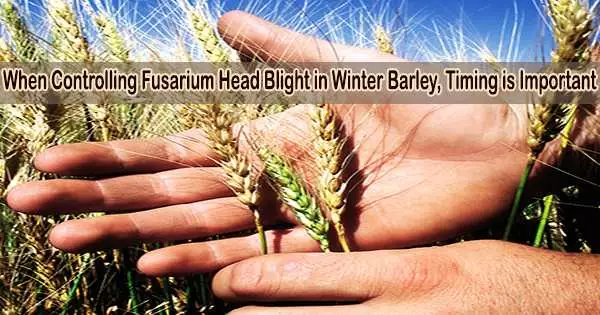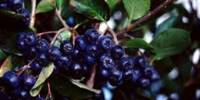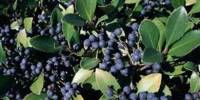According to a recent study that was published in Plant Disease, the ideal timing to administer a fungicide when Fusarium head blight (FHB) threatens winter barley is roughly six days following full barley head emergence.
The fungal disease FHB, commonly known as scab, affects tiny grains, discoloring the heads and tainting the grain with the deadly substance known as vomitoxin as well as the mycotoxin deoxynivalenol (DON).
Even a small level of DON can cause harvests to be rejected by buyers for barley, which is the most popular grain used to create malt for beer and spirits. Gushing, or the quick and uncontrollable foaming of beer, may result from the illness in malted barley kernels, rendering the crop unfit for brewing beer.
In a four-year study, researchers with the U.S. Department of Agriculture (USDA)’s Agricultural Research Service (ARS) and the University of Minnesota assessed three different fungicides for FHB reduction.
After applying a fungicide at one of three growth stages half heading, full heading, and six days after complete barley head emergence the researchers measured the quantity of DON found in mature winter barley heads.
Year in and year out, FHB is the disease that most threatens profitable wheat and barley production in the U.S.. Knowing how to get the most out of our FHB management tools is key to small grain profitability.
Christina Cowger
“The latest timing of fungicide application reduced DON significantly more than the early timing for all three fungicides tested in the study,” said Christina Cowger, small grains pathologist at ARS’s Plant Science Research Unit in Raleigh, North Carolina. “Applying fungicide before all heads were emerged did not significantly reduce DON in winter barley as compared to not spraying at all. If scab is threatening, growers should wait about six days after barley heads have all appeared before applying fungicide.”
According to Cowger, eastern U.S. barley growers have two main tools for FHB management plant moderately resistant varieties and apply a fungicide. Growers can handle high-FHB epidemic years and increase earnings from malting barley by knowing when to apply fungicides to reduce FHB.
FHB, which can cause yield loss and economic harm, is one of the issues restricting the world’s production of barley. According to the American Phytopathological Society, the disease has cost U.S. wheat and barley farmers more than $3 billion since 1990.
“Year in and year out, FHB is the disease that most threatens profitable wheat and barley production in the U.S.,” Cowger said. “Knowing how to get the most out of our FHB management tools is key to small grain profitability.”
















